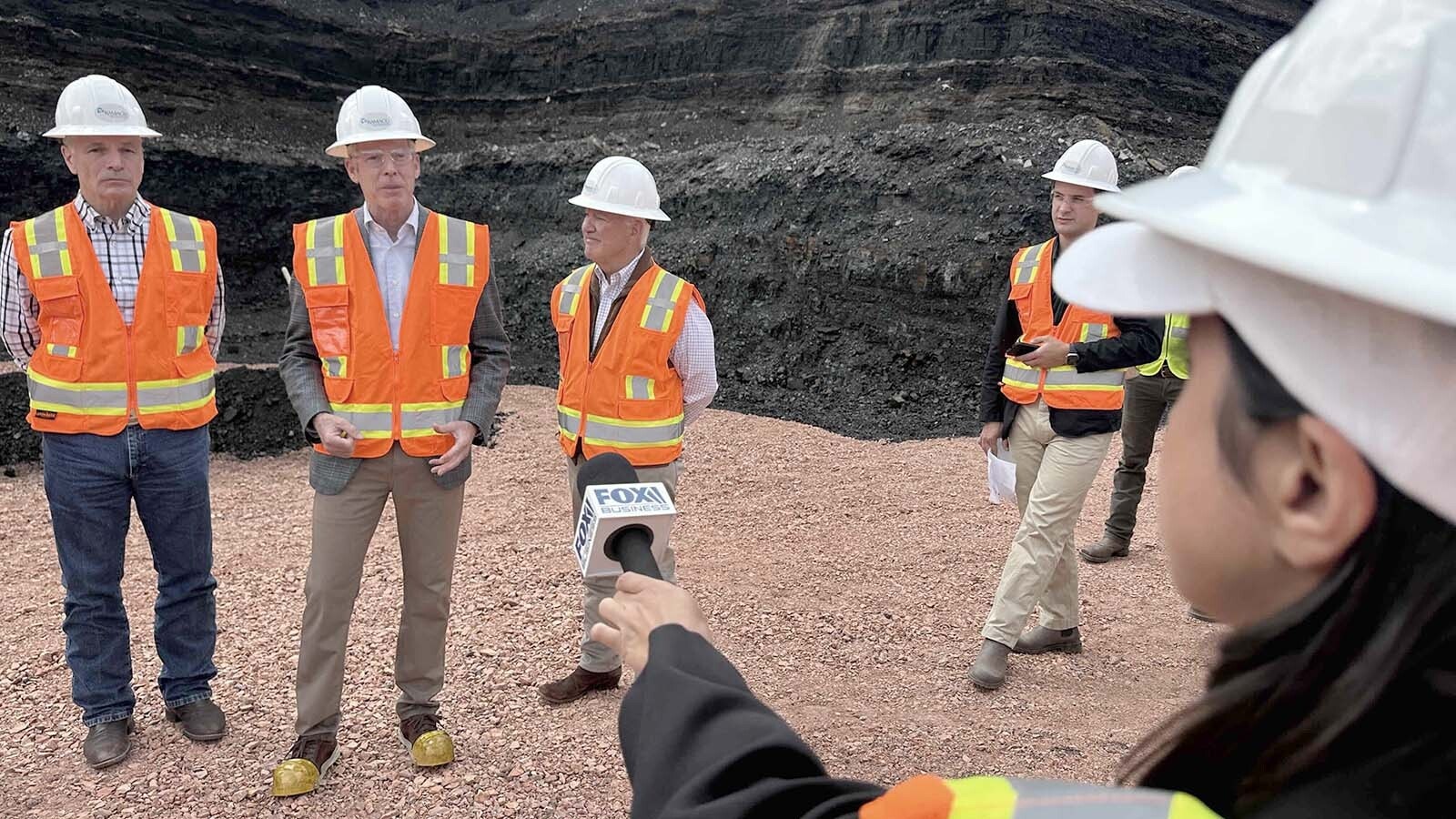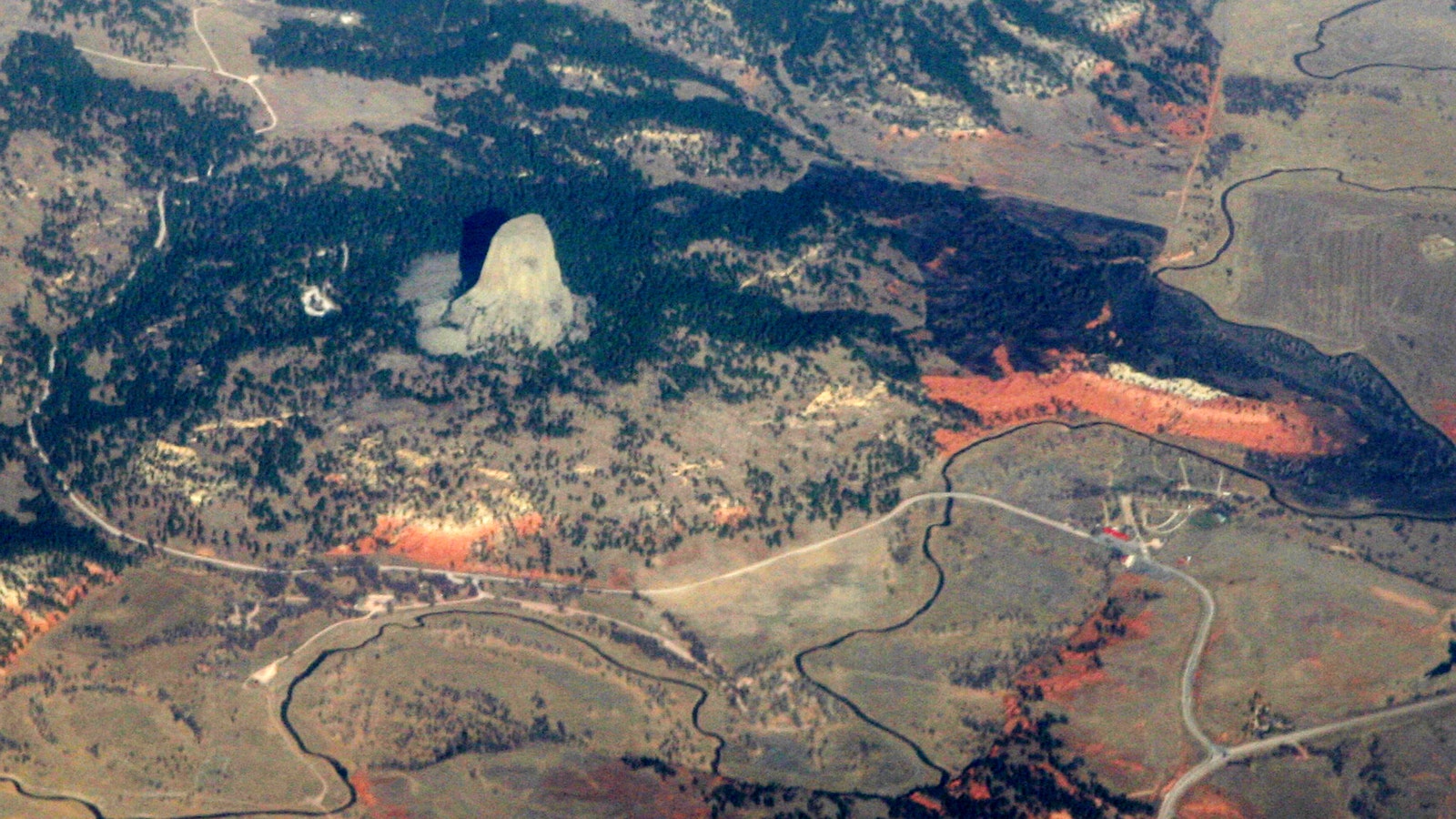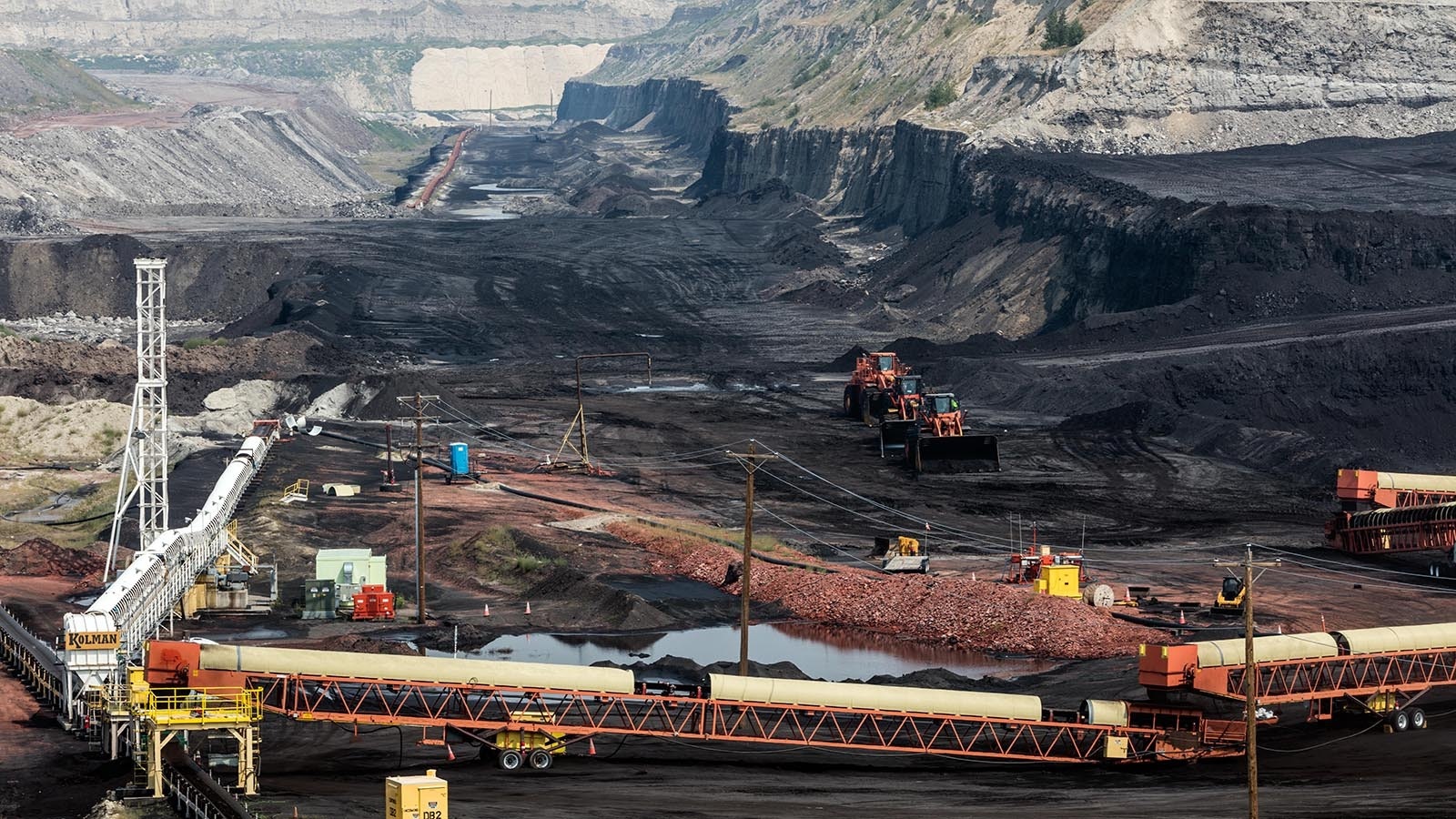Wyoming is rural, a fact greatly appreciated by those who come here to enjoy the state’s wide open spaces.
But that rural nature comes with a handicap — a problem finding reliable, high-speed internet connections, a necessity for most in our ultra-connected society.
But Wyoming isn’t being left off of the world wide web.
The nonprofit group Connected Nation recently released a report showing that Wyoming is actually one of the top states in the nation for school internet connectivity.
The group’s data shows that Wyoming is sixth in the nation when it comes to helping each school district reach a download speed of 1 megabyte per second per student — the Federal Communications Commission’s recommended bandwidth to allow for digital learning in every classroom.
Hawaii actually tops the list, with 100% school district connectivity reported. Wyoming comes in at 72%.
There are many options available now to Wyoming internet users that help keep the connectivity rate so high.
Services such as TCT’s fiber network in northwest Wyoming (which covers three counties and provides download speeds of up to 1 gigabyte per second), Dish Network and Direct TV satellite providers and cable services such as Spectrum or CenturyLink help keep residents of the state’s larger communities connected.
But for residents who live outside of city limits, reliable service is harder to come by. The Wyoming State Broadband Program reports that average download speeds for rural residents is about 30 megabytes per second – relatively slow compared to users inside communities who can stream video at around 200 mbps.
But there’s a new game in town that is making a big difference for those rural residents.
Elon Musk’s StarLink satellite service has so far launched over 1,500 small satellites into space — a fraction of the 12,000 satellites that Musk’s SpaceX has permission to put into orbit around the planet. Using those satellites, Musk plans to provide global high-speed internet service.
For users like Pam and Werner Noesner, who live about 8 miles outside of Cody, StarLink is the best option that they’ve found.
“We had TCT wireless connection,” Werner explained, “and the best we were getting on a download was seven megabytes, or six. With the StarLink services we’re seeing speeds of 150 megabytes per second, sometimes well over 200 megabytes per second.”
StarLink is still in the beta testing phase, which means that current users have to contend with minor disruptions as the network is created and adjusted. But according to the Noesners, it’s worth it for the speed of the service.
“These satellites that they’re launching for StarLink are closer to the earth than HughesNet or ViaSat,” Pam explained. “So they’re closer to the earth, which means you get better speed, they don’t have to go as far.”
And StarLink is easy to install, Werner pointed out, with no technician required – just a few tools and a clear line of sight to the sky.
One other reason the Noesners decided to try out the StarLink system, Werner said, is that they are impressed with Elon Musk’s vision.
“He’s an engineer that has money, okay? So he knows how to do it from an engineering perspective,” he said. “Because he says, ‘Oh, you want better internet? Well, we have to put up some satellites.’ ‘Oh, to get the satellites there, we’ve got to build rockets.’ So you know, SpaceX.”
“His intention, though, was to deliver internet to many places who had none, like Indian reservations and places like that,” Pam said.





